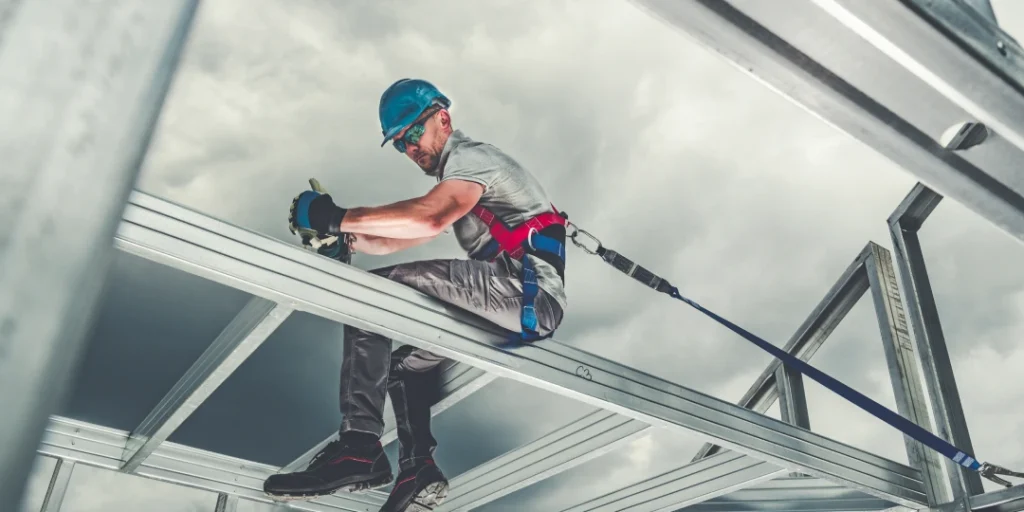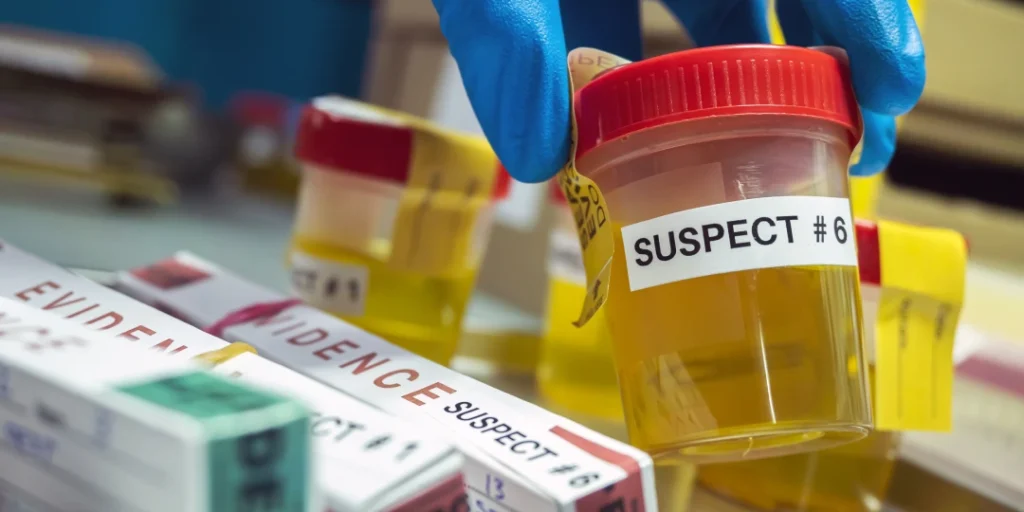Understanding Confined Spaces: Risks and Regulations
Confined space environments present hazards that stretch beyond mere dimensions. In many industrial settings around Nashville, from utility vaults to brewery fermentation pits, a confined space can conceal invisible threats. Oxygen depletion, toxic vapors and flammable atmospheres can accumulate in silent concentration. Recognizing these dangers begins with understanding that a confined space isn’t defined by size alone but by the potential for hazardous conditions to emerge without warning.
OSHA’s standard 29 CFR 1910.146 establishes the legal framework for permit-required confined space entry. It mandates precise atmospheric testing, isolation of energy sources and continuous monitoring. For companies operating in Nashville’s manufacturing corridors, adherence to these regulations is critical. Violations can incur steep fines and, more importantly, endanger lives. A rigorous compliance program transforms regulatory language into actionable safety measures.
Building a robust safety culture means training teams to spot red flags long before they enter. Workers should be fluent in identifying engulfment hazards—loose materials that can bury an entrant—and recognizing pinch points where body parts might become trapped. Lockout/tagout procedures, atmospheric monitoring logs and clear rescue plans work in concert to neutralize threats. Ultimately, the disciplined approach required by OSHA turns the concept of a confined space from an abstract risk into a managed process.
Comprehensive Hazard Assessment Protocols
A thorough hazard assessment is the foundation of any confined space program. Fortier Loss Control’s method begins with a detailed site survey, mapping every nook and cavity where contaminants might linger. Technicians annotate potential ignition sources—welding sparks, electrical junctions or residual solvents—that could trigger an explosion. By documenting prior incident history and material usage, the assessment protocol surfaces hidden dangers before personnel even suit up.
Job hazard analysis tools deepen the examination by breaking down each task into elemental steps. For instance, isolating a pump shaft for maintenance in a confined space involves separating steam lines, draining fluids and neutralizing residual pressure. Each action introduces its own risk vectors. Fortier’s custom checklists, calibrated to Tennessee’s specific industrial landscape, ensure that nothing slips through the cracks, from corrosive residue in a tank to errant piping downstream.
Beyond initial surveys, dynamic reassessment safeguards against evolving conditions. Environmental factors like temperature swings, humidity and nearby construction activity can alter a confined space’s hazard profile over hours or days. Regular walkthroughs, atmospheric retesting and updated documentation keep teams aligned. When every potential hazard is catalogued and controlled, the confined space shifts from a perilous unknown to a calculated environment.
Advanced Atmospheric Monitoring Techniques
Effective confined space safety hinges on real-time atmosphere surveillance. Fortier Loss Control equips teams with multi-gas detectors that employ electrochemical sensors for oxygen and toxic gases, catalytic bead sensors for combustibles, and photoionization detectors (PIDs) for volatile organic compounds. These instruments deliver instantaneous readings, flagging oxygen deficiency or explosive vapor concentrations as low as 10% of the lower explosive limit. In a confined space, seconds matter; early detection averts catastrophe.
Beyond handheld units, continuous fixed-station monitors integrate with SCADA systems to feed live telemetry to safety supervisors. Alarms—with adjustable hysteresis thresholds—trigger audible and visual alerts both inside and outside the confined space. Data loggers archive sensor outputs, generating compliance reports that document every ppm fluctuation. This audit trail not only satisfies OSHA’s record-keeping mandates but also informs trend analyses, revealing latent hazards tied to seasonal humidity or process upticks.
Calibration is pivotal. Fortier’s technicians conduct on-site bump tests and full calibrations before each operation, using certified gas mixtures to verify sensor accuracy. Calibration schedules adapt to local conditions—more frequent in humid summers or near chemical plants—ensuring each confined space entry begins with validated instrumentation. When detection hardware functions flawlessly, teams trust the data, and that trust underpins a resilient safety culture.
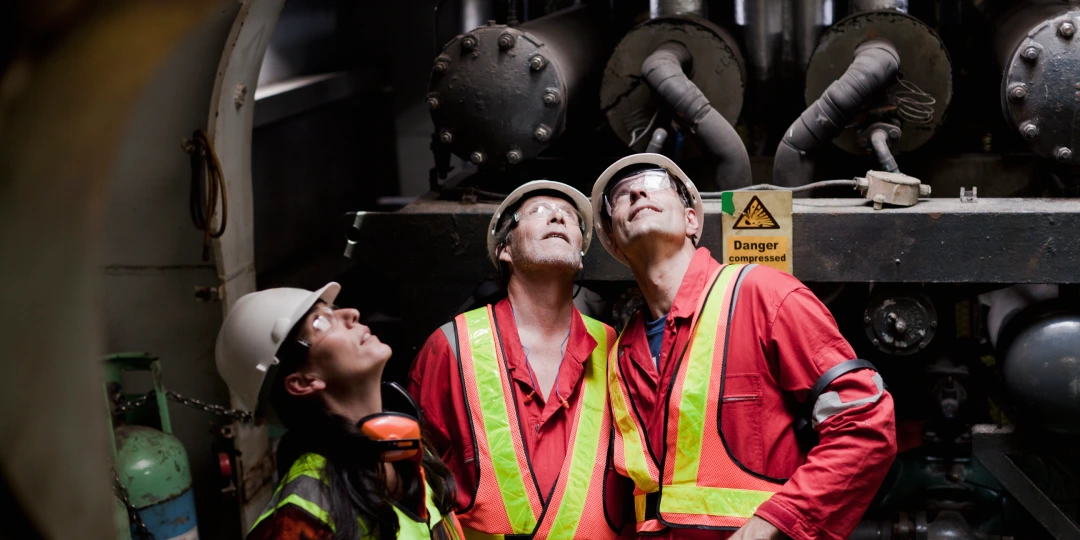
Custom-Fit Personal Protective Equipment
In a confined space, generic PPE can become a liability. Fortier Loss Control prioritizes anthropometric customization, ensuring respirators, harnesses and flame-resistant coveralls conform precisely to each wearer’s stature. A properly fitted full-face respirator maintains seal integrity under physical stress, while ergonomically designed harnesses distribute retrieval loads evenly, reducing fatigue. These design nuances bolster comfort, which in turn sharpens focus in high-risk environments.
Material selection matters. Fortier sources garments woven from inherently flame-retardant fibers—no chemical treatments that can degrade over time. Tactical gloves combine cut-resistant Kevlar liners with nitrile coatings to balance dexterity and protection. Face shields incorporate anti-fog coatings and impact-resistant polycarbonate, ensuring unobstructed vision within confined spaces. Every component carries an ANSI or NFPA certification, proving its mettle under extreme conditions.
Communication gear completes the ensemble. Intrinsically safe headsets and throat mics facilitate clear, hands-free dialogue between inside entrants and outside attendants. These devices operate below ignition energy thresholds, guaranteeing that even in vapor-rich confined spaces, radio transmissions stay safe. By fusing bespoke fit with advanced materials and comms, Fortier transforms PPE from mere compliance checkbox to a proactive safety system.
Permit-Required Entry Procedures
The OSHA permit system codifies confined space controls into an enforceable checklist. Fortier loss control crafts digital entry permits that enumerate atmospheric test results, isolation measures and rescue contingencies. Each permit defines scope and duration—no open-ended authorizations—so teams never lose sight of validity windows. When a permit expires, entry halts until supervisory revalidation occurs.
Isolation protocols underpin every permit. Fortier technicians implement lockout/tagout on electrical sources, blank off piping with blind flanges, and secure mechanical hazards with hasps and chains. These engineered barriers, complemented by air-gap separation where feasible, sever energy pathways. The permit then documents each step, creating a transparent chain-of-custody that auditors and rescue teams can follow without guesswork.
Permit renewals hinge on dynamic reassessment. Should conditions shift—say, a sudden influx of cleaning solvents or temperature swings—teams perform fresh atmospheric tests and update the permit’s control section. Mobile tablets streamline this process, capturing signatures electronically and syncing with the document management platform. In this way, the confined space entry procedure remains a living document, adaptive to real-world variables rather than a static form.
Rescue and Emergency Response Planning
In any confined space operation, a swift extraction protocol can mean the difference between life and death. Fortier Loss Control engineers draft site-specific rescue strategies that account for the spatial constraints and entry angles unique to each vessel or vault. By deploying tripod-mounted retrieval systems and high-strength rescue winches, responders can hoist an incapacitated entrant without entering the space themselves. This approach removes guesswork and minimizes secondary hazards.
Coordination with local emergency services elevates preparedness to a new level. Fortier arranges joint drills with Nashville Fire Department and on-site medical teams. During simulations, rescuers practice deploying backboards through narrow manways and administering oxygen in cramped quarters. Each exercise is followed by a structured debrief, pinpointing communication gaps or tool malfunctions. Over time, these rehearsals forge the reflexive teamwork essential when seconds count.
Documentation cements capability. Detailed rescue plans reside within the confined space permit package, complete with diagrams of equipment locations, contact lists and bypass routes. Equipment maintenance logs and drill records tie back to this master plan, forming an auditable chain of custody. When tragedy looms, having a battle-tested blueprint ensures that every action inside a confined space is deliberate and rehearsed.
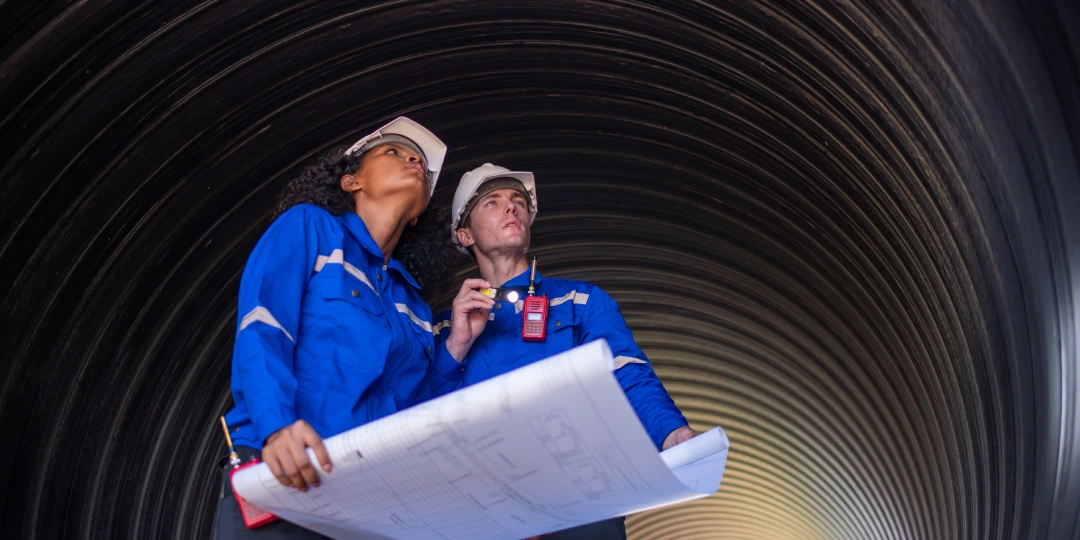
Continuous Training and Competency Verification
Mastering confined space entry demands more than a one-off lecture. Fortier Loss Control’s curriculum layers classroom theory with immersive virtual-reality scenarios that replicate toxic atmospheres or engulfment hazards. Trainees navigate digital replicas of storage tanks and sewer mains, practicing hazard recognition without real-world exposure. This blended methodology accelerates learning curves and builds muscle memory before personnel step into an actual confined space.
Hands-on workshops reinforce theoretical knowledge. Under Fortier’s guidance, participants don full PPE and conduct live atmospheric sampling, lockout/tagout drills and retrieval rope rigging. Instructors assess technique minutiae—from proper respirator donning to securing anchor points. Quarterly competency evaluations, both written and practical, ensure skill retention. Those who fall short receive targeted remediation until they meet stringent proficiency benchmarks.
Certification isn’t the finish line but a milestone. Fortier integrates digital badging into the training portal, granting limited-duration access aligned with OSHA renewal intervals. Supervisors can monitor each entrant’s badge status in real time, preventing lapsed credentials from slipping through. This dynamic verification model turns confined space training into an ongoing, enforceable safety asset rather than a checkbox exercise.
Cutting-Edge Ventilation and Purge Systems
Airflow dynamics dictate safety inside a confined space more than any other factor. Fortier Loss Control engineers employ computational fluid dynamics to model ventilation schemes before installation. These simulations reveal dead zones where contaminants could accumulate. Based on the results, technicians place high-capacity axial fans and adjustable ducting to create unidirectional airflow that flushes hazardous gases out of every corner.
Positive-pressure purge tents and inflatable bulkhead seals add another layer of control. By establishing a slight overpressure relative to the surrounding area, these systems prevent external contaminants from entering the workspace. In Nashville’s humid summers, moisture-resistant duct materials and stainless-steel coupling hardware ensure that corrosion does not compromise airflow integrity. Continuous-duty blowers maintain a stable exchange rate until final atmospheric tests confirm safe entry conditions.
Real-time monitoring ties it all together. Integrated flow meters and differential pressure gauges feed data into a central console, alerting supervisors if airflow dips below the prescribed threshold. Automated cutoffs can shut down all operations if ventilation falters, triggering an evacuation alarm. This technological synergy transforms ventilation from an afterthought into a proactive confined space safeguard.
Leveraging Local Expertise: Fortier Loss Control in Nashville
Fortier’s Nashville team knows the Terrain. From Cumberland River-adjacent utilities to Midtown breweries, we understand local nuances. Our confined space specialists have worked in limestone quarries just south of the city and in solar panel manufacturing yards on Nashville’s outskirts. That regional familiarity accelerates hazard recognition and regulatory approvals.
State-specific regulations can vary subtly. Tennessee’s environmental statutes sometimes layer atop federal rules. Fortier maintains active liaison with the Tennessee Occupational Safety and Health Administration. We interpret confined space requirements in the context of local water-treatment plants and chemical blending facilities. That ensures your compliance plan won’t stumble over an overlooked clause.
Partnership is our mantra. We embed ourselves on-site, collaborating with your safety teams. Monthly briefings tackle site-specific challenges, whether a seasonal shift in humidity or a newly commissioned waste-water vault. By treating your operation as our neighbor, not just a client, we create confined space procedures that fit Nashville’s industrial heartbeat.
Documentation and Record-Keeping Best Practices
Accurate records are the backbone of any confined space program. Every permit, atmospheric reading and calibration log must be captured. Digital platforms replace dog-eared clipboards. With automated timestamping and version control, you eliminate transcription errors. When OSHA auditors arrive, you can produce searchable archives in seconds.
Structured data entry ensures consistency. Use standardized fields for gas concentration, PPE inspections and lockout procedures. Drop-down menus prevent typos. Mandatory sign-offs lock out incomplete entries. With this approach, each confined space entry becomes an auditable event, not a rough sketch.
Retention policies matter too. Confined space records often live five years or more. Cloud-based repositories with role-based access protect sensitive data while maintaining availability. Automated reminders flag upcoming expirations for training certificates and equipment recertifications. The result is a living record system that grows with your operations.

Frequently Asked Questions
1. What exactly qualifies as a confined space under OSHA regulations?
A confined space is any area that’s large enough for a worker to enter but has limited means of entry or exit, and isn’t designed for continuous occupancy. Common examples include storage tanks, underground vaults, and utility tunnels. Under 29 CFR 1910.146, a space becomes “permit-required” if it contains—or can develop—hazardous atmospheres (like oxygen deficiency or flammable vapors), materials that could engulf a worker, or other serious risks.
2. How often should atmospheric monitoring be performed in a confined space?
Atmospheric monitoring must occur before entry and continuously while anyone remains inside the confined space. Initial tests check oxygen levels, flammability, and toxic gases. Continuous monitoring—with handheld or fixed multi-gas detectors—alerts teams the moment readings approach unsafe thresholds. Any change in conditions (new chemicals, shifting weather, or prolonged work) triggers a fresh round of tests.
3. What are the key steps in a confined space rescue plan?
A robust rescue plan starts with pre-entry preparation: position tripod retrieval systems, ensure communication gear is functional, and confirm that on-site rescue personnel are trained on the exact space configuration. Conduct regular drills—ideally with local first responders—to practice rapid extraction and medical response. Finally, document every drill and equipment inspection in your confined space program so you can demonstrate readiness to OSHA and continuously refine your procedures.
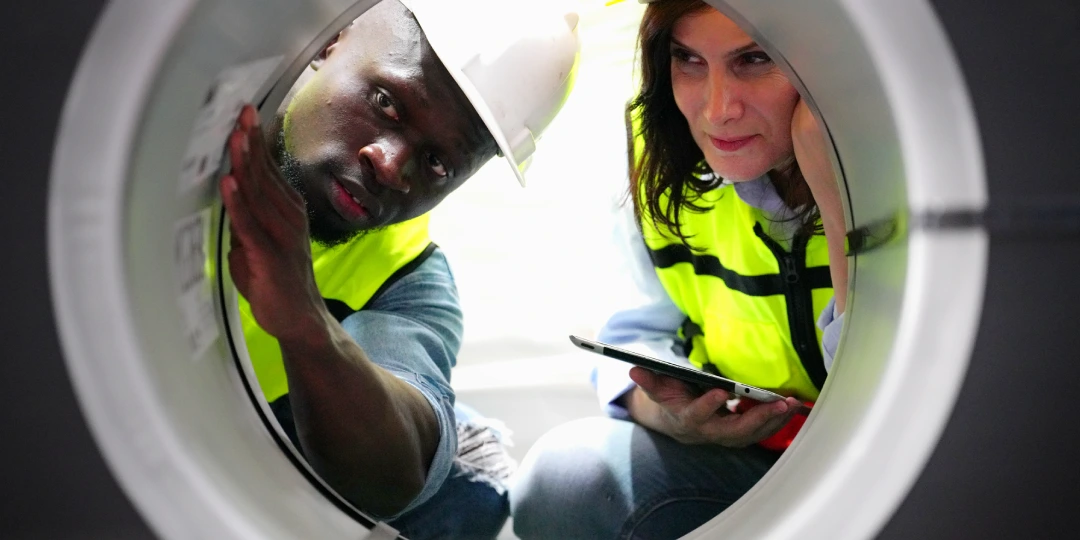
Conclusion: Ensuring Safety and Compliance
Effective confined space management is never static. It evolves with new hazards, updated regulations and site expansions. By combining meticulous documentation, regional insight and adaptive procedures, you build a safety culture that persists even under pressure. No detail is too small when lives hang in the balance.
Fortier Loss Control’s seven pillars—hazard assessment, monitoring, custom PPE, permit rigor, rescue readiness, training and ventilation—culminate in comprehensive record-keeping and local expertise. This integrated model means that every confined space entry operates under a verified safety net. Your team moves confidently, knowing each control has been engineered, documented and rehearsed.
Prioritizing these practices transforms confined space work from a perilous chore into a controlled process. It safeguards personnel and protects your bottom line. In Nashville’s vibrant industrial landscape, choose a partner who turns confined space complexity into operational clarity.


